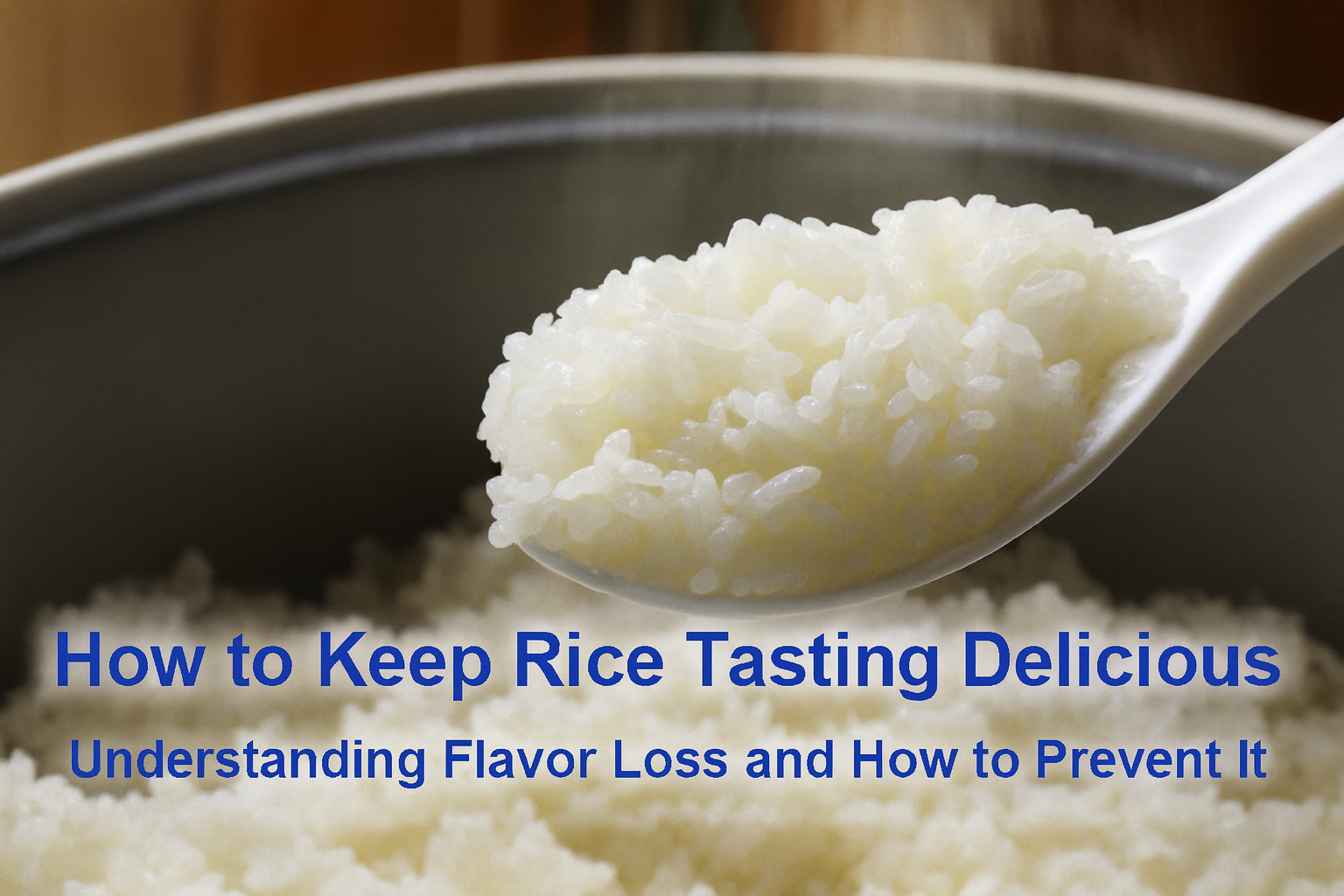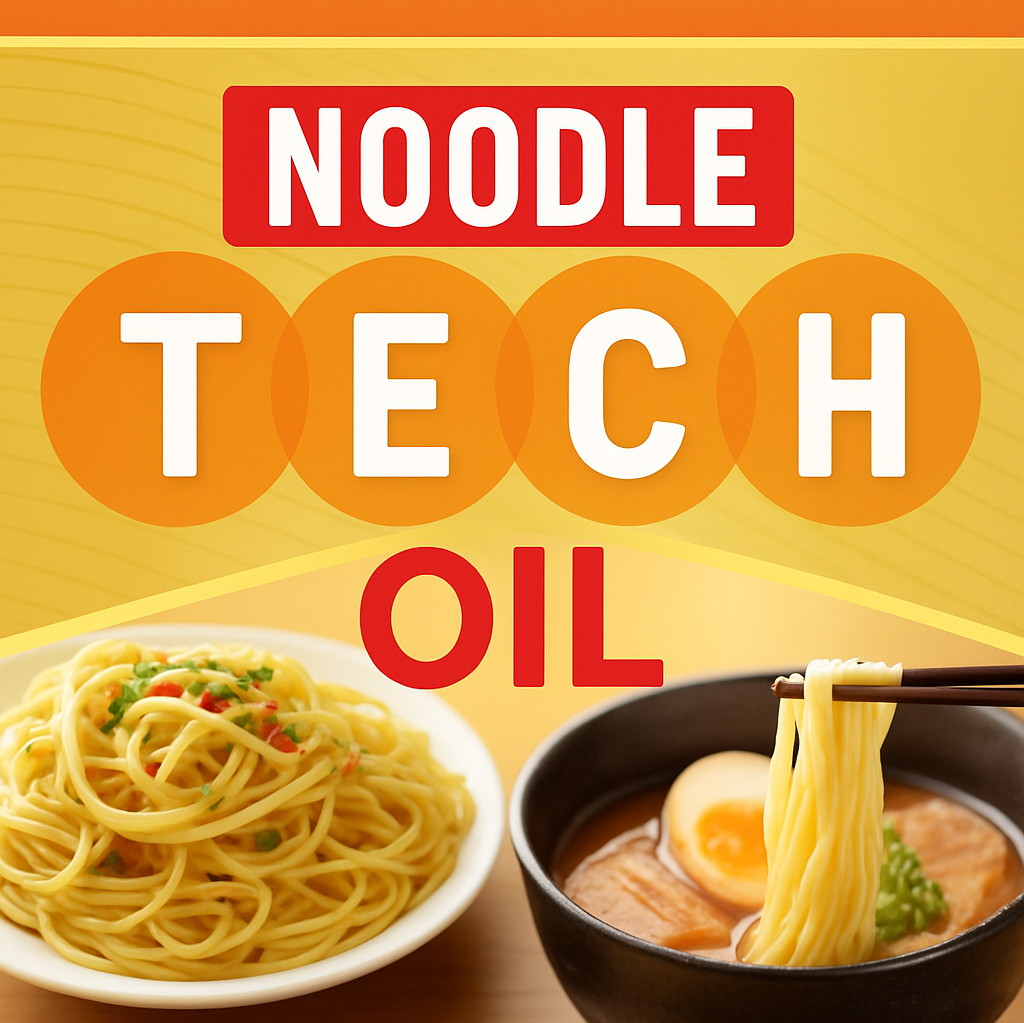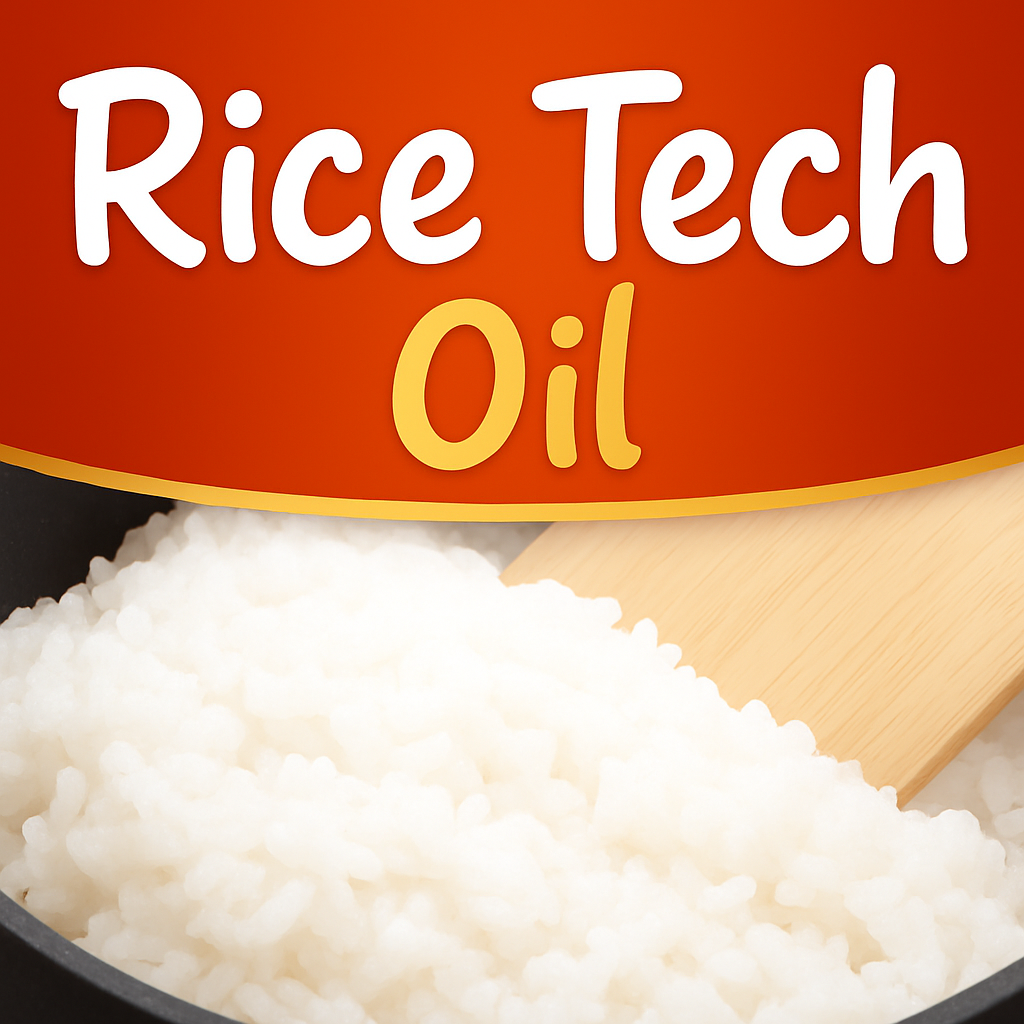Rice quality can make or break our overall perception of a meal. This may lead some establishments to choose to discard cooked rice after a certain amount of time has passed. While such practices aim to maintain high quality, they inevitably lead to reduced profitability and increased food waste.
To provide customers with quality, great-tasting rice while minimizing waste, it is essential to understand the reasons why rice can lose its flavor over time and to implement effective strategies to prevent this from happening.
Contents
Why Rice Loses Its Flavor Over Time
Rice quality can undergo significant changes due both to storage conditions as well as the simple passage of time. Below, we explore the primary factors that contribute to its deterioration.
Changes During “Keep Warm” Mode
In many restaurants, rice is kept warm throughout the day either until it is used or the restaurant closes. However, keeping rice warm for prolonged periods of time often results in excessive drying.
As rice loses moisture, it becomes dry and crumbly, diminishing both flavor and texture. Its glossy appearance also fades, reducing its visual appeal.
In addition, when rice is kept warm for long periods it gradually takes on a yellow hue. This is the result of the Maillard reaction, a chemical reaction between sugars and amino acids triggered by heat.
Although the Maillard reaction can, under certain conditions, enhance aroma and umami, it may also produce unpleasant odors and an unappealing color.
Changes During Refrigeration
Some establishments may opt to refrigerate leftover rice. Although refrigeration is typically maintained at temperatures of 10°C or lower, rice stored at such temperatures tends to become firm and lose its soft texture.
The soft, fluffy texture of freshly cooked rice is closely related to the starch it contains.
The starch in rice swells during cooking, giving the grains a pleasantly sticky, soft texture. This process, known as starch gelatinization (alpha conversion), allows the rice to retain large amounts of moisture.
Over time, however, the starch gradually loses water and largely reverts back to its original structure. This causes the rice to lose its soft, chewy texture. This phenomenon is known as starch retrogradation (beta conversion).
Starch retrogradation occurs most rapidly at temperatures of 10°C and lower. Refrigeration therefore accelerates this process, causing the rice to lose its flavor more quickly. Once rice has undergone this process, reheating cannot fully restore its original taste and quality.
Methods for Serving Rice at Its Best
Cook Only As Much As You Can Use
The most effective way to maintain the quality of rice is to minimize the amount of time between cooking and serving, so it is best to prepare only as much rice as can be consumed during business hours.
Ideally, rice cooked in the morning should be served by lunchtime, with a fresh batch prepared for dinner hours. By closing time, there should be no rice leftover to be used the following day.
Add Oil to Rice When Cooking
Despite careful planning, there will always be times when you find yourself with some amount of rice left over. In such cases, the use of rice-cooking oil can help mitigate deterioration while it is kept warm over extended periods of time.
Rice-cooking oil is a specialized oil designed specifically to be added during cooking to maintain quality and preserve flavor. By coating each grain, it helps prevent rice from drying, even when kept warm for extended periods. Certain varieties can also help minimize retrogradation and loss of flavor during refrigeration.
Two Key Factors Influencing the Quality of Rice
Temperature
When rice is kept warm, it tends to dry out over time, and may also undergo discoloration due to the Maillard reaction. Refrigeration, on the other hand, accelerates starch retrogradation, causing rice to become hard. Temperature is therefore a critical factor in determining changes in rice quality.
Time
The longer rice is stored after cooking, the more its quality declines as both drying and starch retrogradation progress over time. The absolute best way to serve great-tasting rice is to serve it as promptly as possible, preparing only as much as is needed to avoid extended periods of storage.
A Final Note: Preserving the Quality of Rice
In this article we outlined the reasons why rice loses its flavor as well as some practical steps you can take to help preserve it.
Rice naturally deteriorates over time, and there is a world of difference between the taste of freshly cooked and leftover rice. To consistently serve only the highest quality rice every time, it is essential to adopt measures that protect its texture and flavor.
One effective approach is the use of rice-cooking oil. By minimizing drying and preserving flavor during storage, rice-cooking oil lets you cut back on food waste while ensuring that your customers enjoy the best-tasting rice possible. So, what are you waiting for? Give it a try and discover the difference for yourself.
To request a sample, please click the link below:




